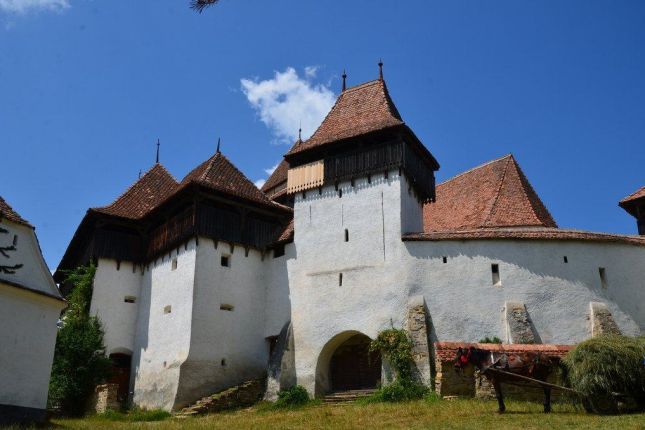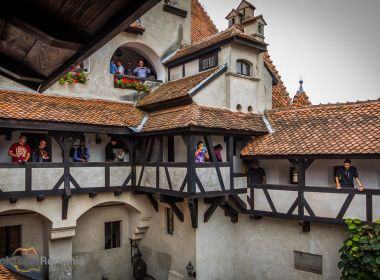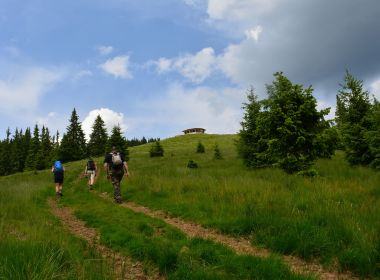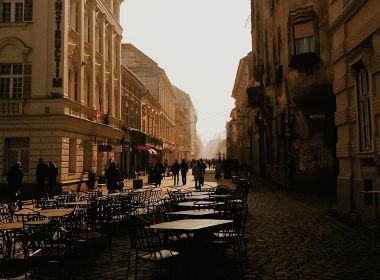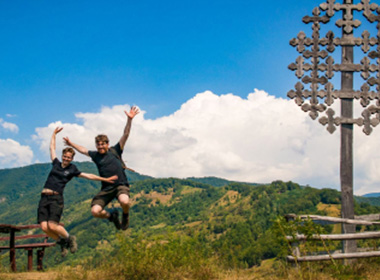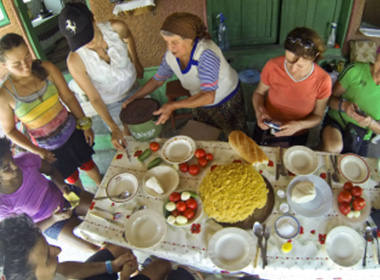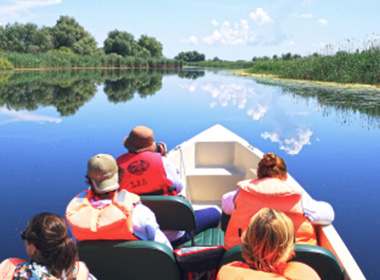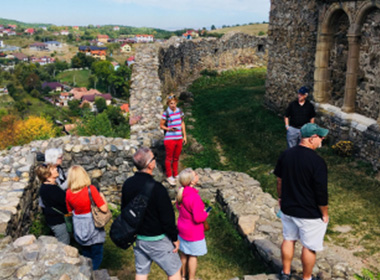UNESCO Villages with Fortified Churches
What are Fortified Churches?
Fortified churches are a unique architectural marvel that emerged during the Middle Ages, particularly in the picturesque region of Transylvania, Romania. These remarkable structures were ingeniously designed to serve dual purposes: as places of worship and fortifications to protect the local population from invaders.
The fortified churches of Transylvania stand as a testament to the engineering prowess and defensive strategies of the Transylvanian Saxons, who constructed these buildings to withstand the relentless attacks from the Turks and other marauding forces. These fortified churches are not just buildings but historical chronicles etched in stone, narrating tales of resilience and faith.
Table of contents
- What are Fortified Churches?
- History and Architecture
- Cultural Significance
- 1. Calnic fortified church
- 2. Prejmer fortified church
- 3. Viscri fortified church
- 4. Darju fortified church
- 5. Saschiz fortified church
- 6. Biertan fortified church
- 7. Dobârca Evangelical Church
- Planning a trip to see the Transylvania fortified churches and their neighboring towns
History and Architecture
The history of the fortified churches of Transylvania spans several centuries, with their construction primarily taking place between the 12th and 16th centuries. Most of these fortified churches, built during the 13th to 15th centuries, showcase a blend of architectural styles, including Gothic, Romanesque, and Renaissance.
What sets these churches apart are their defensive features: thick walls, imposing defensive towers, and robust fortification walls. These elements were meticulously designed to shelter the local communities from invaders.
One of the most fascinating aspects of the fortified churches is their unique locking system, which allowed villagers in the region to secure themselves inside the church during times of danger. The fortified churches of Transylvania are not just places of worship; they are fortresses that have stood the test of time.
Transylvanian villages with fortified churches are mainly characterized by a specific land-use system, specific landscaping, and an organization of farms preserved since the Middle Ages. The fortified churches are central to each village and illustrate building trends from the XIII to the XVI century.
Due to their historical significance and unique settlement patterns, the seven villages with fortified churches are recognized as UNESCO World Heritage Sites. They are specific for Saxon (Germanic ethnic group) and Szekler (Hungarian ethnic group) villages in the southeast of Transylvania.
In many of these villages, the village hall served as a cultural hub, coexisting with the fortified churches and playing a crucial role in maintaining local customs and traditions. You may even find a castle near some of them.
Once counting 300, fortified churches have played both a religious and a military function for over five centuries. They form one of Europe's most well-preserved and dense medieval fortification systems.
As both ethnic groups were situated in an area constantly threatened by Turkish invasions, both communities built fortresses of various sizes. In smaller cities, villages, or markets, fortresses were built in churches—to be precise, churches were built as fortresses.
In some cases, the fortified churches were complemented by defense walls and towers, as well as other interior buildings to serve as a safe harbor for the village inhabitants during invasions and peacetime and as deposits for food and other goods.
From the church towers, visitors can enjoy panoramic views of the surrounding village and its picturesque landscape. The building materials are traditional stones and red bricks, and the roof tiles are painted with red clay, which is specific to the area.
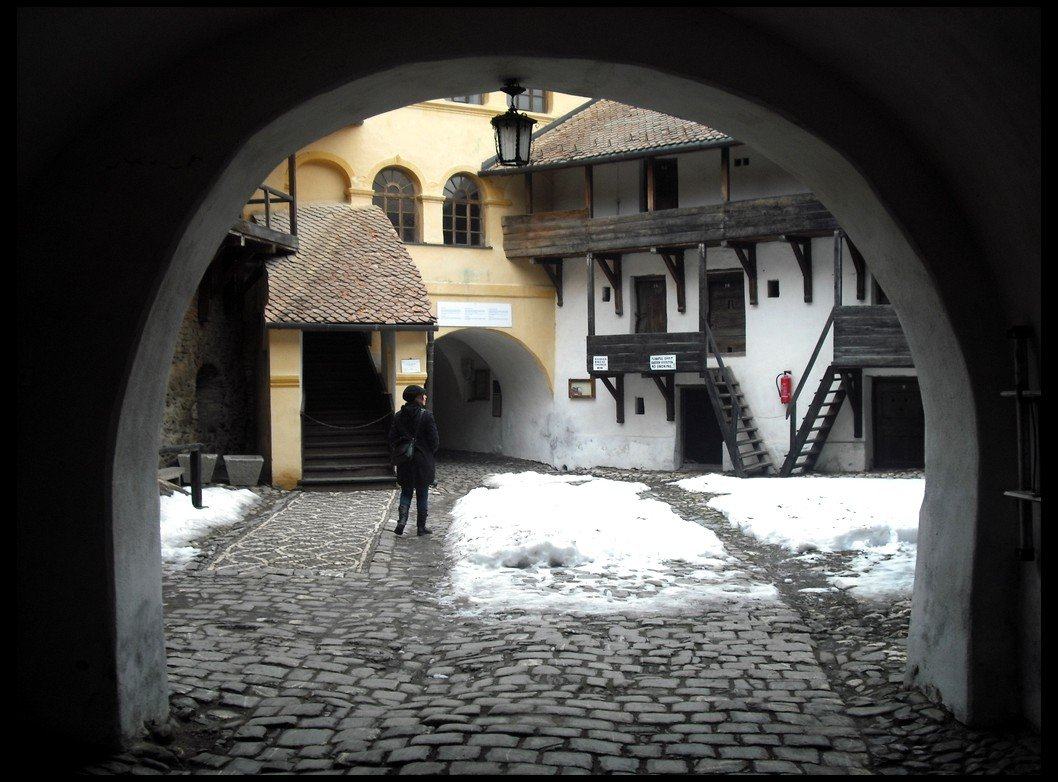
Cultural Significance
The fortified churches of Transylvania are more than just architectural wonders; they are cultural treasures that reflect the rich history and heritage of the Saxon people in Romania. These churches have been central to local communities' cultural and religious life for centuries, serving as places of worship, community gatherings, and even safe havens within their walls during times of conflict. Recognized as UNESCO World Heritage Sites, these churches have gained international acclaim, helping to preserve their legacy and promote tourism in the region.
The Biertan fortified church, Viscri fortified church, and Prejmer fortified church are just a few examples of these magnificent structures that continue to captivate visitors with their historical significance and architectural beauty. The fortified churches of Transylvania are not just relics of the past; they are living monuments that continue to inspire and educate future generations.
The following are the remaining villages with fortified churches:
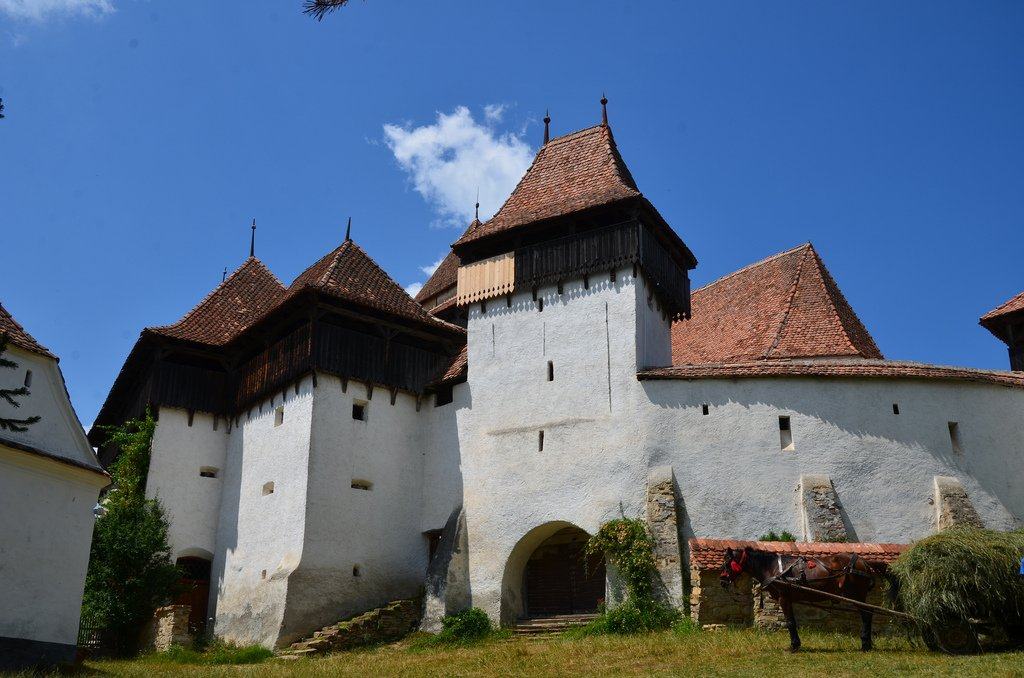
1. Calnic fortified church
Also known to locals as the church on the hill, the Calnic fortified church is located in Alba County. It was built in the 13th century, when Transylvania was part of the Hungarian Kingdom, by a nobleman whose family later decided to donate the construction to the local community of Saxon settlers.
The current structure of the church building dates back to the 15th century, underwent considerable modifications in the 19th century, and is currently undergoing restoration works.
You can visit the Calnic fortified church free of charge.
- Location: Calnic village, Alba county, 125 km from Cluj-Napoca.
- Nearest airport: Cluj-Napoca
2. Prejmer fortified church
Originally founded by an order of Teutonic knights, the Prejmer construction was later taken over by the Transylvanian Saxons. Although the church itself was never fortified, it still has a 14-meter-high wall, five towers, a moat, and a kennel. The church tower was built in 1461.
This would probably be the best choice of all fortifications in which to wait out a siege, as its walls are 4.5 meters thick. The Saxon community from the nearby villages and towns taking refuge here could stay safe and well-fed for an extended period, as the construction has 270 storage rooms.
- Location: Prejmer village, Brasov county, 17km from Brasov
- Nearest airports: Brasov, Bucharest
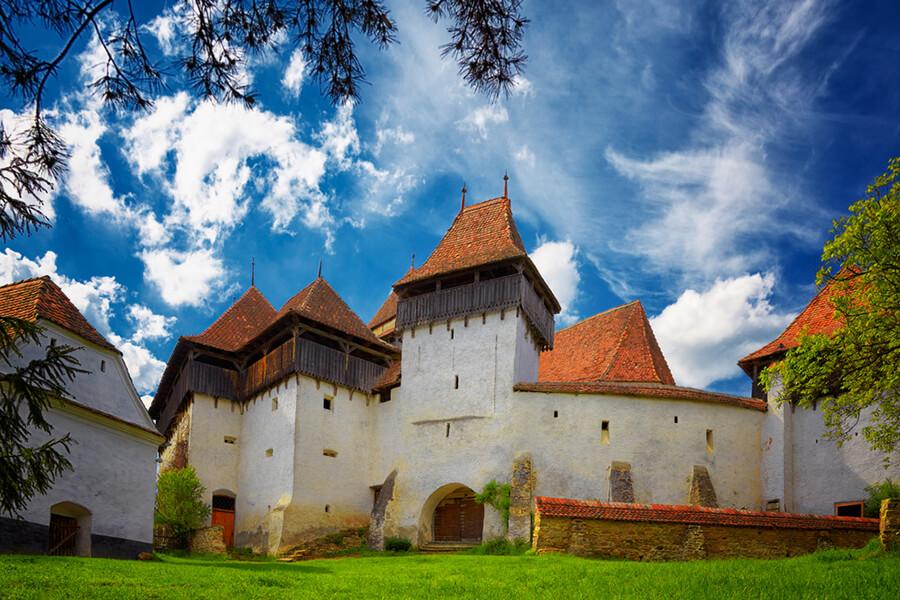
3. Viscri fortified church
Viscri is one of the seven villages where tourists can visit fortified churches in Transylvania and see the place where time stood still. You are correct if you were left with the impression that the church in the small village of Viscri is one of the most popular ones on the Unesco World Heritage sites list.
This building's most impressive feature is that it has all the essential elements of life in the medieval period and the following centuries. The small church was built in the 12th century, and the construction became a fortified church in the 15th century. The defensive towers were built in the 17th century.
Romanian Friend tip: During your visit there, you might have an unexpected encounter with King Charles of Great Britain, who owns a house there and is enjoying frequent trips to the beautiful village of Viscri and the peace and quiet of the church courtyard.
- Location: Viscri village, Brasov county, 90 km from Brasov
- Nearest airports: Bucharest, Brasov
4. Darju fortified church
The Darju church was built in the 14th century but became a fortified church in the 16th century. You will enjoy a visit here as you can see the original interior frescos on the fortification walls and witness a centuries-old tradition of the locals accessing the provisions stored in the main tower of the fortress.
Every family had its own hooks on which they used to hang ham and store grains and other foods. The wealthier the family, the more hooks they had. Access to provisions was granted weekly, and this tradition has been kept until today. If you wish to witness it, all you need to do is email ahead, and you may even get a sample of the goods for a special fee.
- Location: Darju village, Harghita county, 133 km from Sibiu.
- Nearest airports: Sibiu, Cluj-Napoca
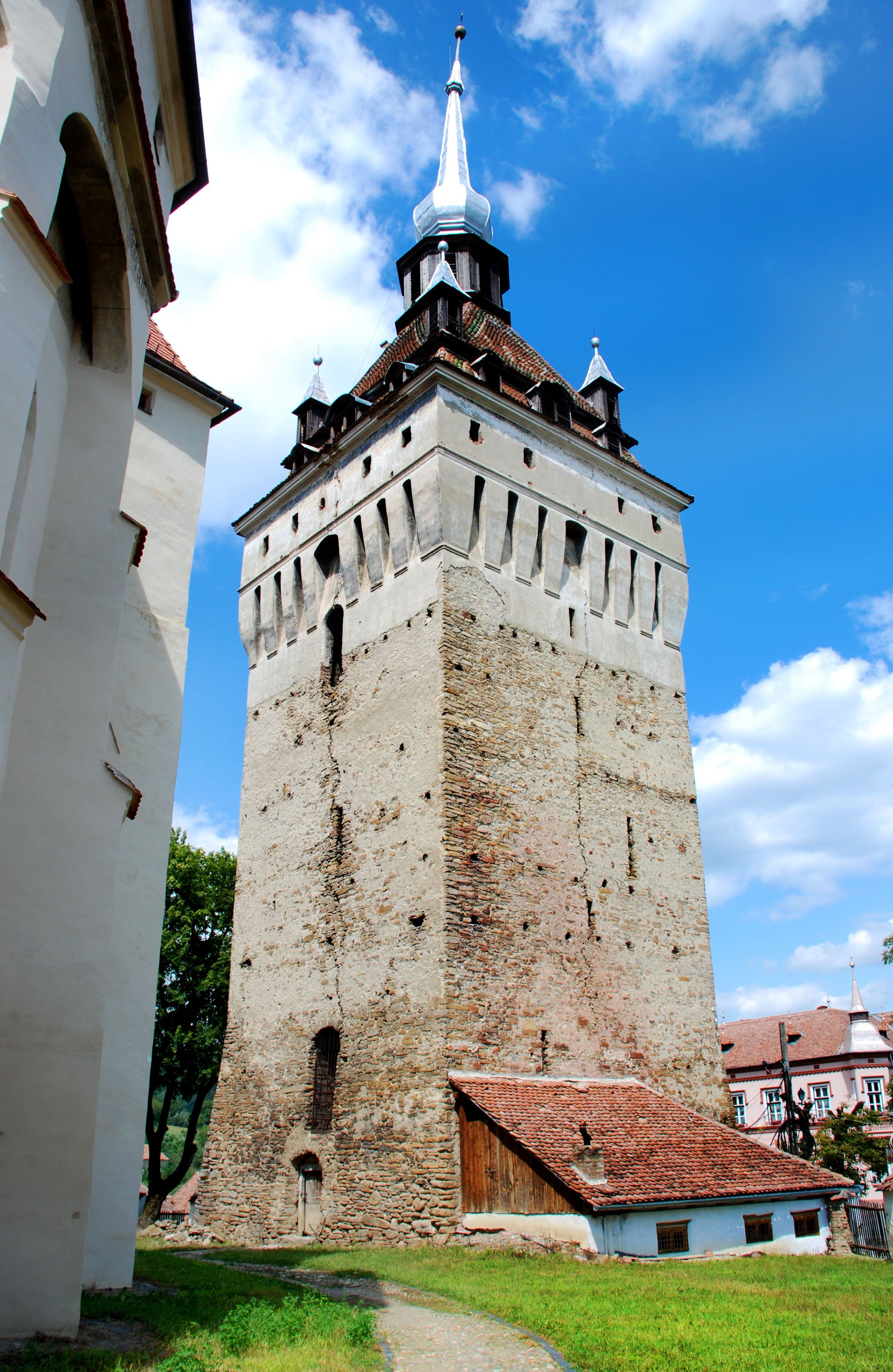
5. Saschiz fortified church
The Saschiz church and the village it is surrounded by are another must-see destination on the list of Transylvanian fortified churches. It was built in the late Middle Ages by ethnic Germans with fortification walls supported by 22 buttresses, making it one of the best-defended fortifications. The northern defensive tower is the most prominent element built in the 17th century to have survived in a form closer to the original.
The courtyard is very generous, considering that for a long time, the local community was obliged to quarter troops within the church fortifications. Nearby, you can visit the ruins of a 14th-century citadel, located further away from the village center, where villagers from a wider region could seek shelter.
- Location: Saschiz village, Mures county, 117 km from Sibiu.
- Nearest airports: Sibiu, Cluj-Napoca, Targu-Mures
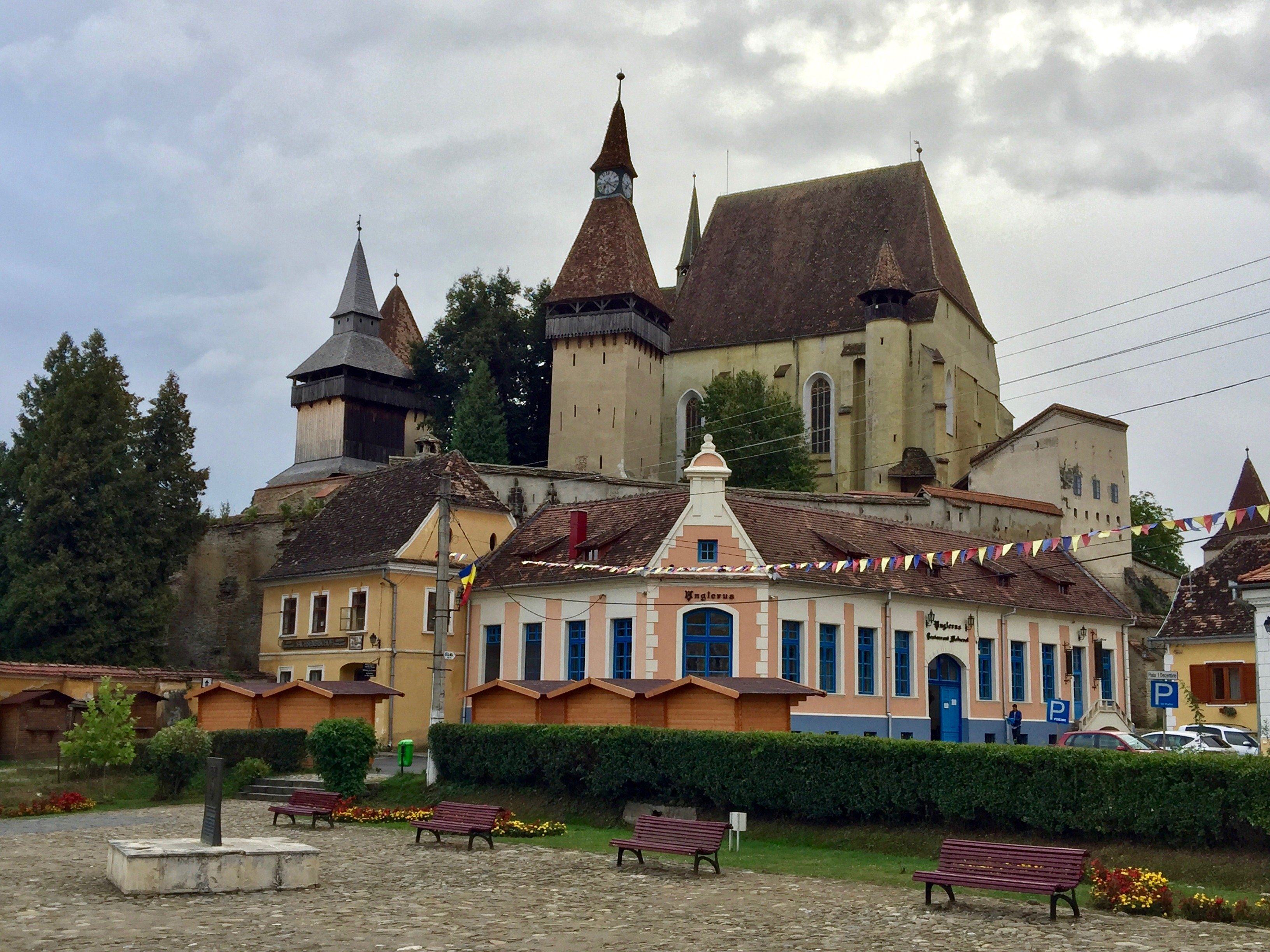
6. Biertan fortified church
One of the most impressive strongholds in Southern Transylvania, with heavy doors and double walls, the Biertan fortified church was built in the 15th century on the hill in the middle of the town, giving it an impressive panoramic view. It is protected by impressively high walls connected by towers and gates. There are three rows of exterior fortifications linked by nine gate towers.
Visitors can admire the altar, which was built by Austrian and German artisans between 1483 and 1513, the organ, which was built in 1869 in Vienna, and all of the imposing towers: the Bacon Tower, the Bell Tower, the Clock Tower, and the Gate Tower. The church tower located in the north, also known as the clock tower, served as an entrance within the inner fortifications.
The chapel features a rare 16th-century mural painting that can be seen as an exception to the austere aesthetic used to adorn fortified churches in Transylvania. A small museum features traditional objects of the Saxon community and the marriage prison, where couples seeking a divorce were locked in to think things over.
- Location: Biertan village, Sibiu county, 67 km from Sibiu.
- Nearest airports: Sibiu, Cluj-Napoca
7. Dobârca Evangelical Church
The fortified church at Dobarca was initially built in the 13th century as a Romanesque basilica with a slender bell tower. The construction was transformed into a Gothic hall church in 1481, and in 1500, the church and the bell tower were fortified, with a ring wall being built around the church.
This is not the only impressive construction in the area. On a one-day trip, you can also see the Garbova castle, built in the 13th century, in the main square of the town. You will surely notice its rounded corners and the gate tower within the defense wall.
- Location: Dobârca village, Sibiu county, 50 km from Sibiu.
- Nearest airport: Sibiu
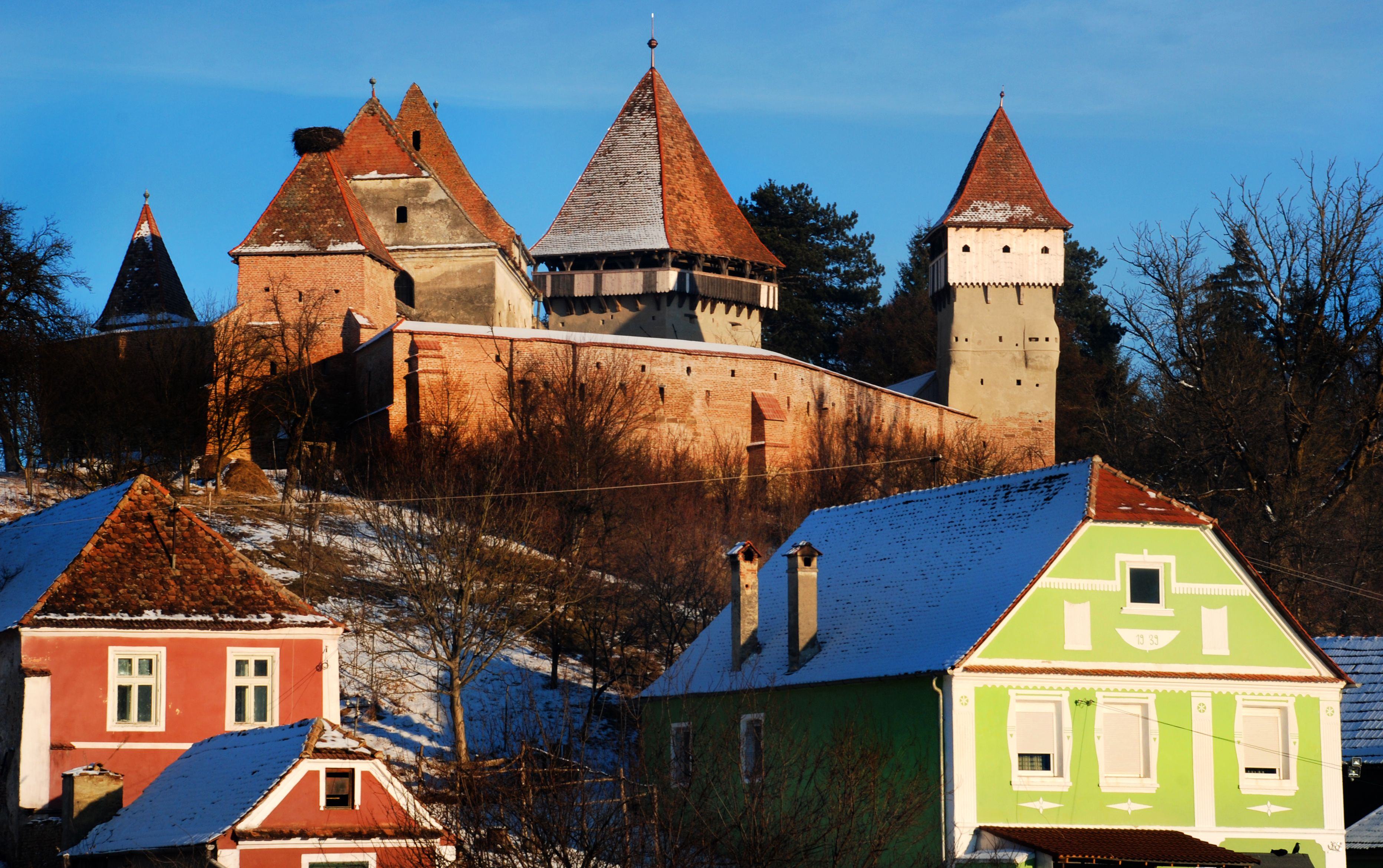
Planning a trip to see the Transylvania fortified churches and their neighboring towns
The region is filled with beautiful sites to admire. From the colorful houses neatly aligned to the road to the sturdy walls surrounding the medieval churches, there are endless possibilities to enjoy and discover.
One thing to keep in mind is that, as sought out by tourists as they are, these churches are not like other tourist destinations with souvenir stalls all around and specific merchandise. You can find small shops nearby or simple stalls where locals sell handmade items and local produce. However, the experience remains highly authentic, which is why so many tourists appreciate it so much. Near Viscri, for example, there is a place that sells traditional local bread and bakery products, but you need to know about it to enjoy a speciality.
If you choose to visit the villages alone, you should know these are small communities (2-3.000 people). Unless you phone people in advance at a gastro point - houses where people welcome tourists and offer home-cooked meals, there is a high chance you won’t find a place to have dinner. A few small shops sell food products _(magazinul satului)_, but don’t expect too much.
Also, if you want to visit the churches, there is a high chance it will be locked when you arrive at their entrance. That is because locals keep the key and open the church only when visitors come. Usually, the opening hours and the keyholder’s number can be found on the door.
We recommend hiring one of the local guides we know to take you to see the churches and villages. This will ensure you do not miss any small museums because a lot of local knowledge is required to see these attractions and learn about their history (don’t expect too much English, either!).
Besides these historic attractions, the villages are picturesque, quiet and representative of Transylvania's rural life. It's why we included them on our list of must-see sights in Transylvania - read the full list!
- Romanian Friend tip: The UNESCO Villages with Fortified Churches in Transylvania are not the only cultural treasures Romania has to offer and the painted churches of Bukovina and the wooden churches of Maramures might also interest you for their outstanding cultural significance.
Like in the rest of Europe, religious life was the engine that drove the evolution of the communities living near them. What sets Transylvania apart is the strong influence of the Western settlers. If you plan an extended visit to see all the religious constructions in the different regions of Romania, you will get a clear image of how each area developed.
You could come to understand different contexts and discover authentic traditions.
Places to visit
4 times a year we prepare a newsletter with local stories, places and our special insights about Romanian culture and local life that will inspire you to visit our country and have an authentic local experience. Would you like to get it?
